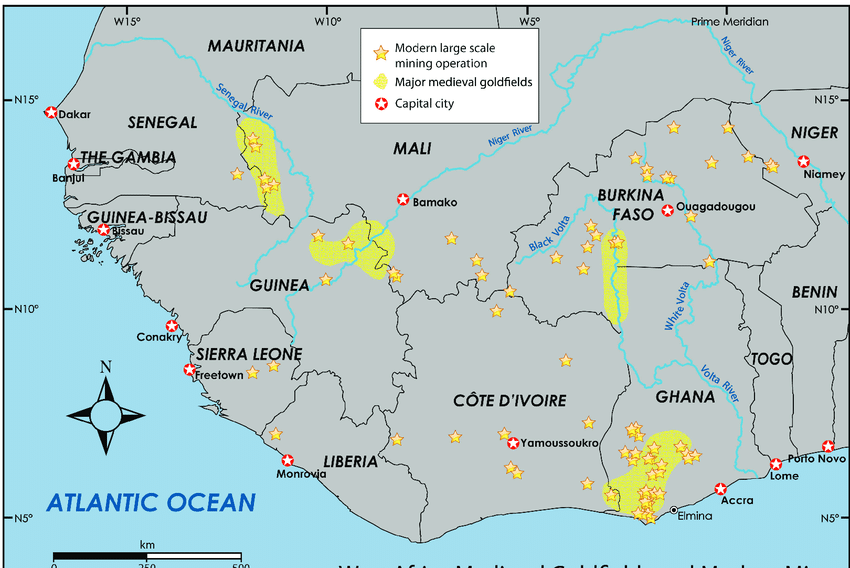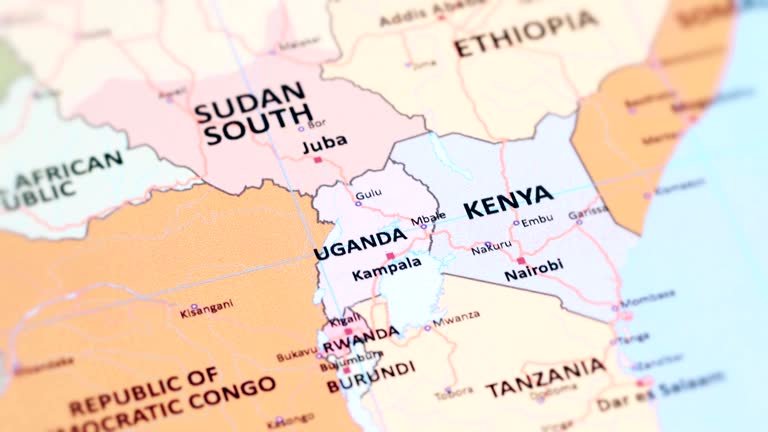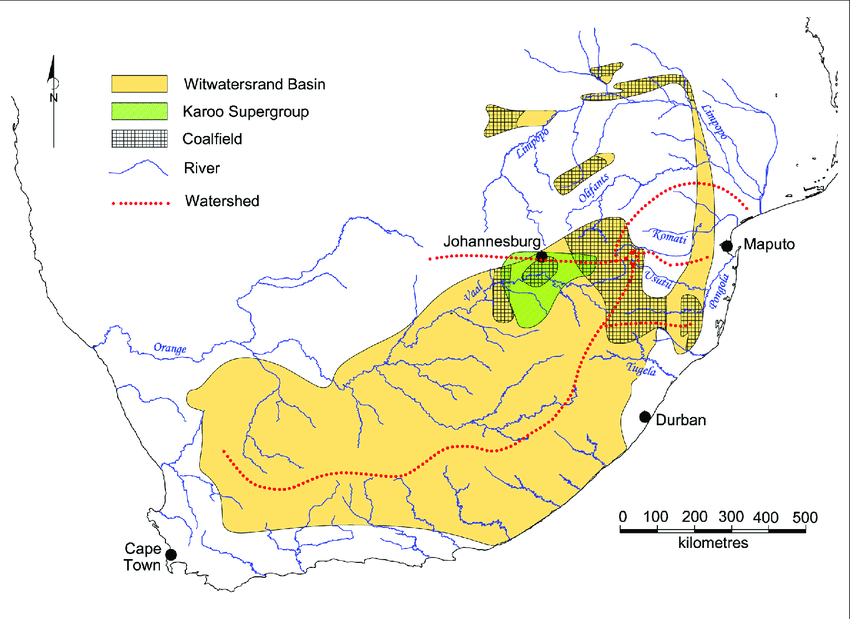Africa is renowned for its vast natural resources, and gold is one of the most prized treasures found across the continent. From ancient civilizations to modern mining operations, gold has played a significant role in shaping Africa’s economy and history. This map highlights some of the key regions where gold mining is prominent, showcasing the continent’s rich geological heritage.

Gold mining in Africa dates back thousands of years, with evidence of extraction in countries like Egypt, Mali, and Ghana. Today, Africa remains a global leader in gold production, with several nations contributing significantly to the world’s supply. Let’s explore some of the key locations marked on this map:
Major Gold-Producing Countries in Africa
- South Africa
- Witwatersrand Basin: Home to some of the deepest and richest gold mines in the world, including Mponeng, TauTona, and Driefontein.
- Key Mines: Mponeng, Driefontein, Kloof-Driefontein Complex, Savuka.
- Companies: AngloGold Ashanti, Sibanye-Stillwater, Harmony Gold.
- Ghana
- Ashanti Region: One of the oldest and largest gold-producing areas in Africa.
- Key Mines: Obuasi Mine, Tarkwa Mine, Prestea Goldfields.
- Companies: Newmont Mining, Asanko Gold, Golden Star Resources.
- Nigeria
- Kogi State: Known for artisanal and small-scale mining.
- Key Mines: Kogi Gold Mine (under development).
- Mali
- Kayes Region: Hosts large-scale gold deposits.
- Key Mines: Morila Mine, Yatela Mine.
- Companies: Randgold Resources, Semafo.
- Tanzania
- Lake Victoria Goldfields: A hub for gold exploration and mining.
- Key Mines: Bulyanhulu Mine, Geita Mine.
- Companies: Acacia Mining, Barrick Gold.
- Burkina Faso
- Houndé Massif: An emerging gold mining region.
- Key Mines: Samira Hill Mine, Houndé Mine.
- Companies: Endeavour Mining, Semafo.
- DRC (Democratic Republic of Congo)
- Katanga Province: Known for copper and cobalt, but also hosts gold deposits.
- Key Mines: Kipoi Mine, Bisie Mine.
- Companies: Randgold Resources, Semafo.
- Zimbabwe
- Bulawayo Area: Historically significant for gold mining.
- Key Mines: Unki Mine, Zimre Mine.
- Companies: Randgold Resources, Zimplats.
- Namibia
- Hardap Region: Emerging as a gold producer.
- Key Mines: Otjikoto Mine.
- Companies: Namibia Precious Metals.
- Botswana
- Central Kalahari: Exploration underway for potential gold deposits.
- Key Mines: Under development.

The Significance of Gold in Africa
Gold mining in Africa is not just about economic gains; it also plays a crucial role in:
- Economic Development: Providing jobs and revenue for local communities.
- Infrastructure Growth: Driving investments in roads, power, and water systems.
- Cultural Heritage: Preserving traditions of artisanal mining passed down through generations.
However, the industry faces challenges such as environmental degradation, illegal mining, and social conflicts. Sustainable practices and responsible mining are essential to ensuring long-term benefits for both miners and the environment.

Frequently Asked Questions (FAQs)
Q: Which African country produces the most gold?
A: South Africa was historically the largest producer, but Ghana now leads in terms of annual output.
Q: What are the major gold-producing regions in Africa?
A: Key regions include the Witwatersrand Basin in South Africa, Ashanti Region in Ghana, and Kayes Region in Mali.
Q: Are there any famous gold mines in Africa?
A: Yes, notable mines include Mponeng in South Africa, Obuasi in Ghana, and Morila in Mali.
Q: How does gold mining impact local communities?
A: It provides employment and infrastructure development but can also lead to environmental issues and social conflicts if not managed responsibly.
Q: What companies are leading gold mining in Africa?
A: Major players include AngloGold Ashanti, Newmont Mining, Randgold Resources, and Sibanye-Stillwater.
Conclusion
Africa’s gold-rich landscapes continue to shape the continent’s economic and cultural narrative, offering opportunities and challenges alike.

